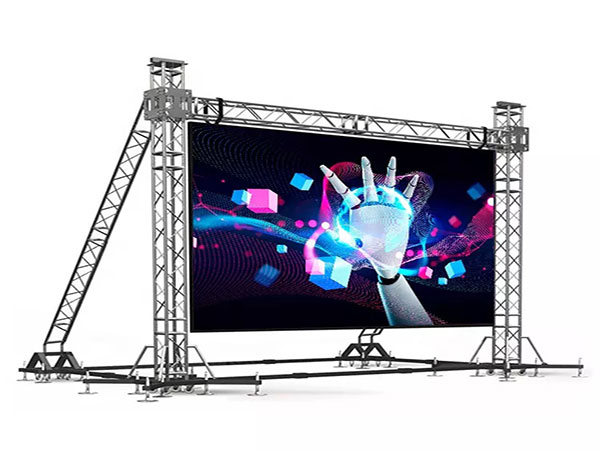LED wall screens have grown increasingly favored in recent times, especially in settings like educational institutions, corporate spaces, and public spaces. These panels use light-emitting diodes (LEDs) to produce bright and vibrant images. One of the most notable benefits of LED technology is its longevity compared to conventional display technologies, such as cathode tube monitors (CRTs) and LCD crystal screens. Understanding the differences in duration and functionality between these options can help consumers make knowledgeable decisions about their screen requirements.

Classic display methods, like CRTs, have been around for numerous decades. They were commonly used in TVs and computer monitors. However, CRTs have a shorter lifespan, typically lasting approximately 10,000 to 20,000 hrs of use. This means that after a couple of years, users may observe a deterioration in picture clarity, such as fading or color deformation. In contrast, LED panel panels can last significantly longer, frequently exceeding 50,000 hours. This extended duration means that users can enjoy reliable functionality without the need for regular replacements.
Another crucial aspect to take into account is power efficiency. LED panel panels consume less energy than traditional displays, which not only benefits the ecosystem but also reduces electricity expenses. For instance, while a CRT monitor may use around 100 watts of energy, an LED screen can use as few as 30 to 50 W. This difference in energy usage adds to the overall longevity of LED innovation, as reduced power usage generates minimal thermal energy. Excess heat can harm electronic components, resulting to a reduced lifespan for traditional screens.
In furthermore to their longer duration and energy conservation, LED panel panels also offer enhanced visual quality. They provide more vivid hues and improved contrast, making them ideal for multiple uses, from advertising to educational presentations. The innovation behind LED panels allows for a broader sight angle, meaning that images remain sharp and lively even when seen from the side. This is a significant advantage over conventional displays, which often experience from hue deformation and reduced brightness at wider perspectives.
In summary, the durability of LED wall panels compared to traditional screen methods is a crucial factor for consumers to consider. With durations that can surpass 50,000 hours, energy efficiency, and enhanced visual clarity, LED innovation offers many benefits. As technology continues to advance, LED panel helpful hints panels are probably to become even more common in multiple settings. Understanding these differences can help individuals and entities make improved decisions when purchasing in screen technology, ensuring they receive the best value for their needs.
Comments on “Investigating the Longevity of Light Emitting Diode Display Screens in Comparison to Conventional Display Methods”